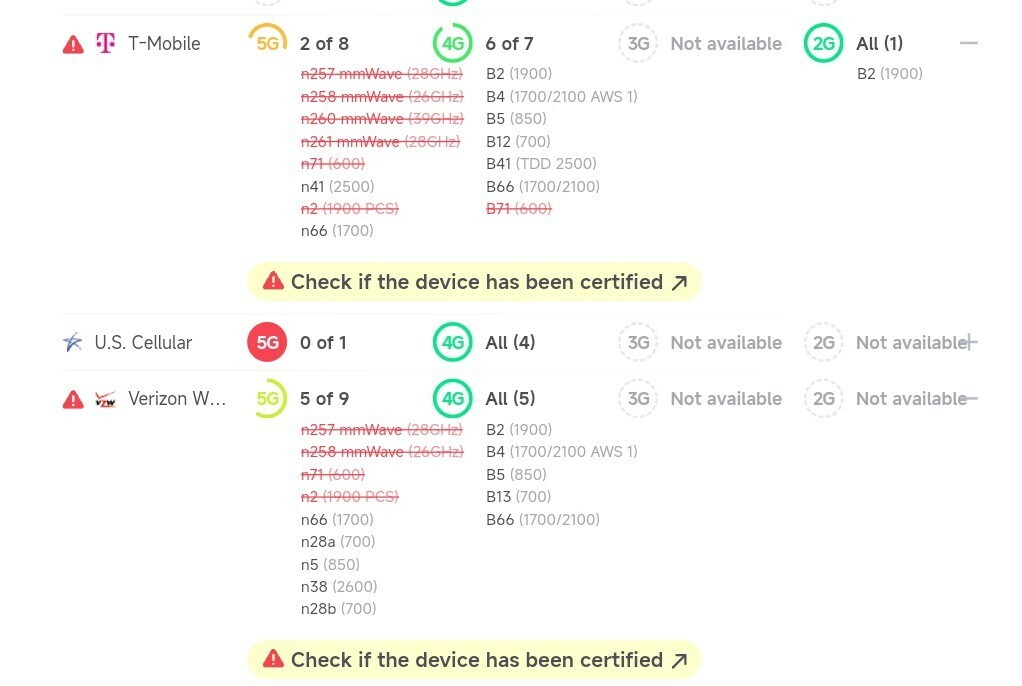Hi,
I’m going to visit the USA in three weeks and I’m already looking forward to it. :)
During my roadtrip, I want to use my smartphone, a Xiaomi 13, with an T-Mobile-Prepaid-Card. I checked via the IMEI number if my smartphone is compatible with the T-Mobile-Net. The problem is: I got different results. One site told me, the phone was 100% compatible, another side told me the opposite. So I’m a little bit insecure. Has anyone experience with this device or can tell me more?
This would be very nice. Thank you. :)




